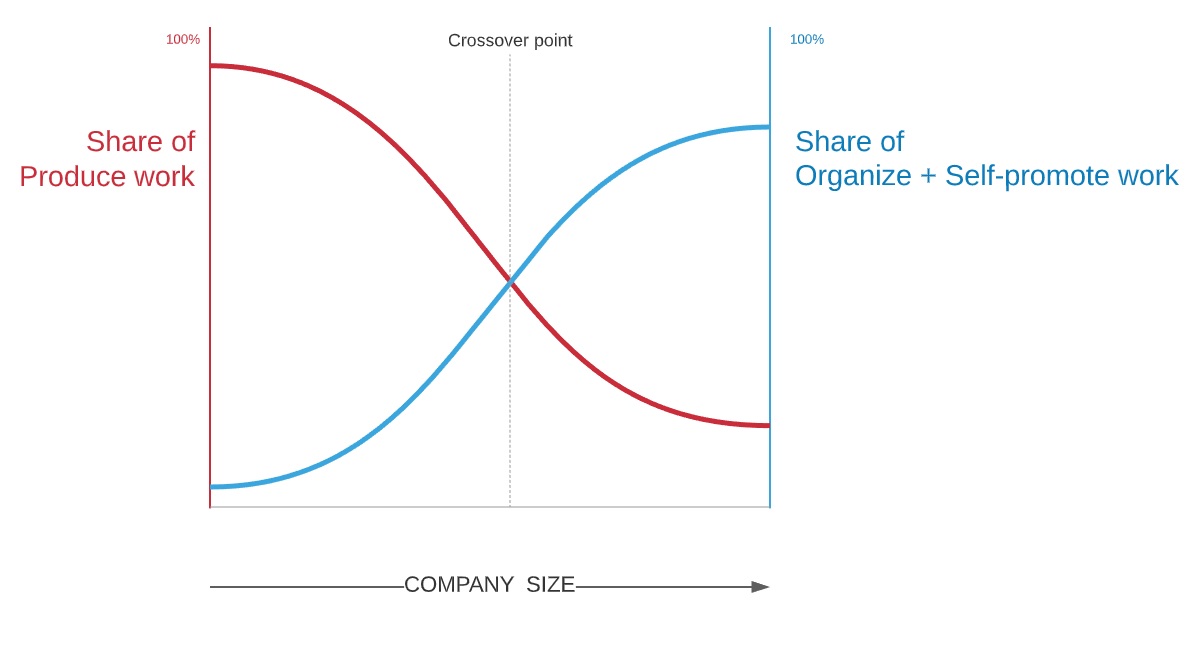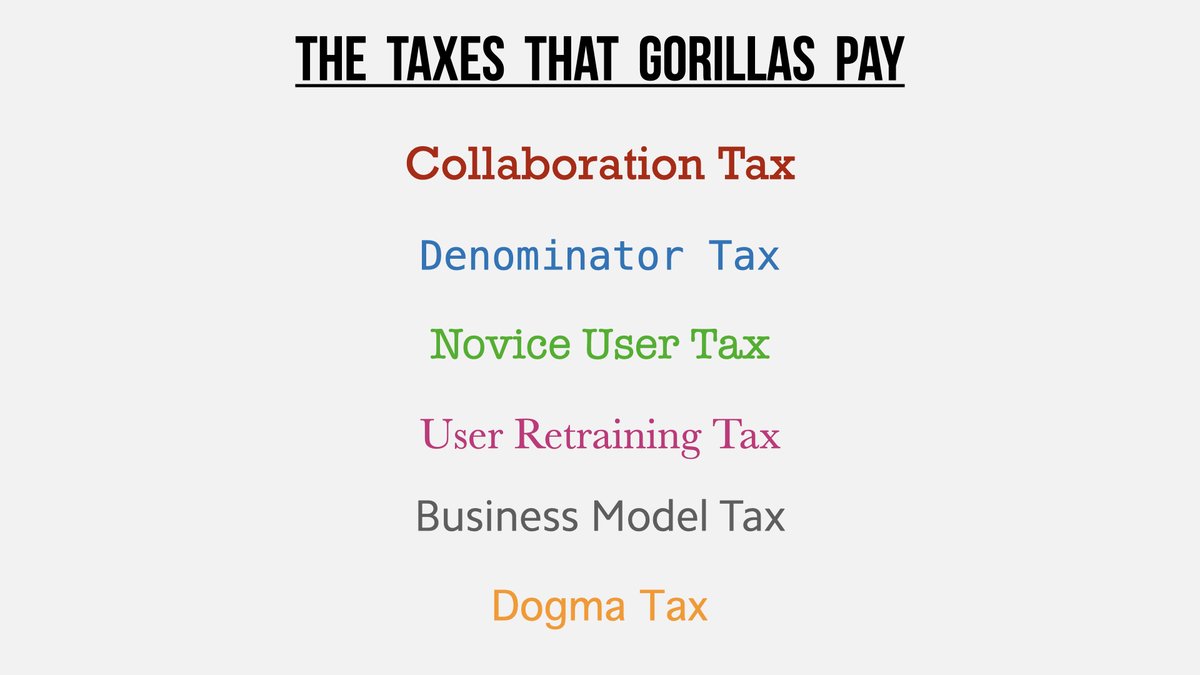
A surprisingly high % of stupid arguments & fights on Twitter are rooted in a tiny number of fairly obvious fallacies.
Stupid arguments & the fallacies that feed them, a thread:
Stupid arguments & the fallacies that feed them, a thread:
Fallacy 1/
Just because it’s true that all squares are rectangles, you argued that all rectangles must be squares. (And you did it with so much swagger.)
Just because it’s true that all squares are rectangles, you argued that all rectangles must be squares. (And you did it with so much swagger.)
Example of Fallacy 1
X says: Successful people aren’t afraid of hard work.
Y argues: That’s BS. I work 90 hours a week at Tech Co and am still stuck in this dead-end job.
X says: Successful people aren’t afraid of hard work.
Y argues: That’s BS. I work 90 hours a week at Tech Co and am still stuck in this dead-end job.
Fallacy 2/
Just because you found an exception to a general pattern, you argued that the entire pattern is false.
Just because you found an exception to a general pattern, you argued that the entire pattern is false.
Example of Fallacy 2
X says: Venture capital is useful for startups.
Y argues: Not true. Foo’s startup took VC money and they crashed & burned.
Z piles on: I agree with Y. In fact, Bar’s startup did not take VC money and it’s worth a bajillion.
X says: Venture capital is useful for startups.
Y argues: Not true. Foo’s startup took VC money and they crashed & burned.
Z piles on: I agree with Y. In fact, Bar’s startup did not take VC money and it’s worth a bajillion.
Fallacy 2′/
Just because you found an exception to a general pattern, you argued that the exception *is* the pattern.
Just because you found an exception to a general pattern, you argued that the exception *is* the pattern.
(further examples are left as an exercise for the reader)
Fallacy 3/
Just because you did not agree with one small aspect of what someone said, you argued that it makes sense to ignore everything they said.
Just because you did not agree with one small aspect of what someone said, you argued that it makes sense to ignore everything they said.
Fallacy 4/
Just because you found one thing missing in a list of generally useful things, you argued that the entire list is useless.
Just because you found one thing missing in a list of generally useful things, you argued that the entire list is useless.
Fallacy 5/
Just because a thing worked for you, you argued that everyone should do that thing, all the time.
Just because a thing worked for you, you argued that everyone should do that thing, all the time.
Fallacy 5′/
Just because a thing worked for Musk / Bezos / Jobs / [insert your idol], you argued that everyone should do that thing, all the time.
Just because a thing worked for Musk / Bezos / Jobs / [insert your idol], you argued that everyone should do that thing, all the time.
Fallacy 6/
Just because a thing worked for you, you argued that no one should do the opposite of that thing, ever, under any circumstance.
Just because a thing worked for you, you argued that no one should do the opposite of that thing, ever, under any circumstance.
Fallacy 6′/
Just because a thing worked for Musk / Bezos / Jobs / [insert your idol], you argued that no one should do the opposite of that thing, ever, under any circumstance.
Just because a thing worked for Musk / Bezos / Jobs / [insert your idol], you argued that no one should do the opposite of that thing, ever, under any circumstance.
Fallacy 7/
Just because a good idea wouldn’t work if “everyone did it”, you argued that it is in fact a terrible idea and *no one* should do it.
Just because a good idea wouldn’t work if “everyone did it”, you argued that it is in fact a terrible idea and *no one* should do it.
While this thread won't solve any of the bad faith conversations that unfortunately happen on Twitter, I hope it can help prevent some of the good faith conversations from taking a stupid turn.
Did I miss any other fallacies?
• • •
Missing some Tweet in this thread? You can try to
force a refresh




